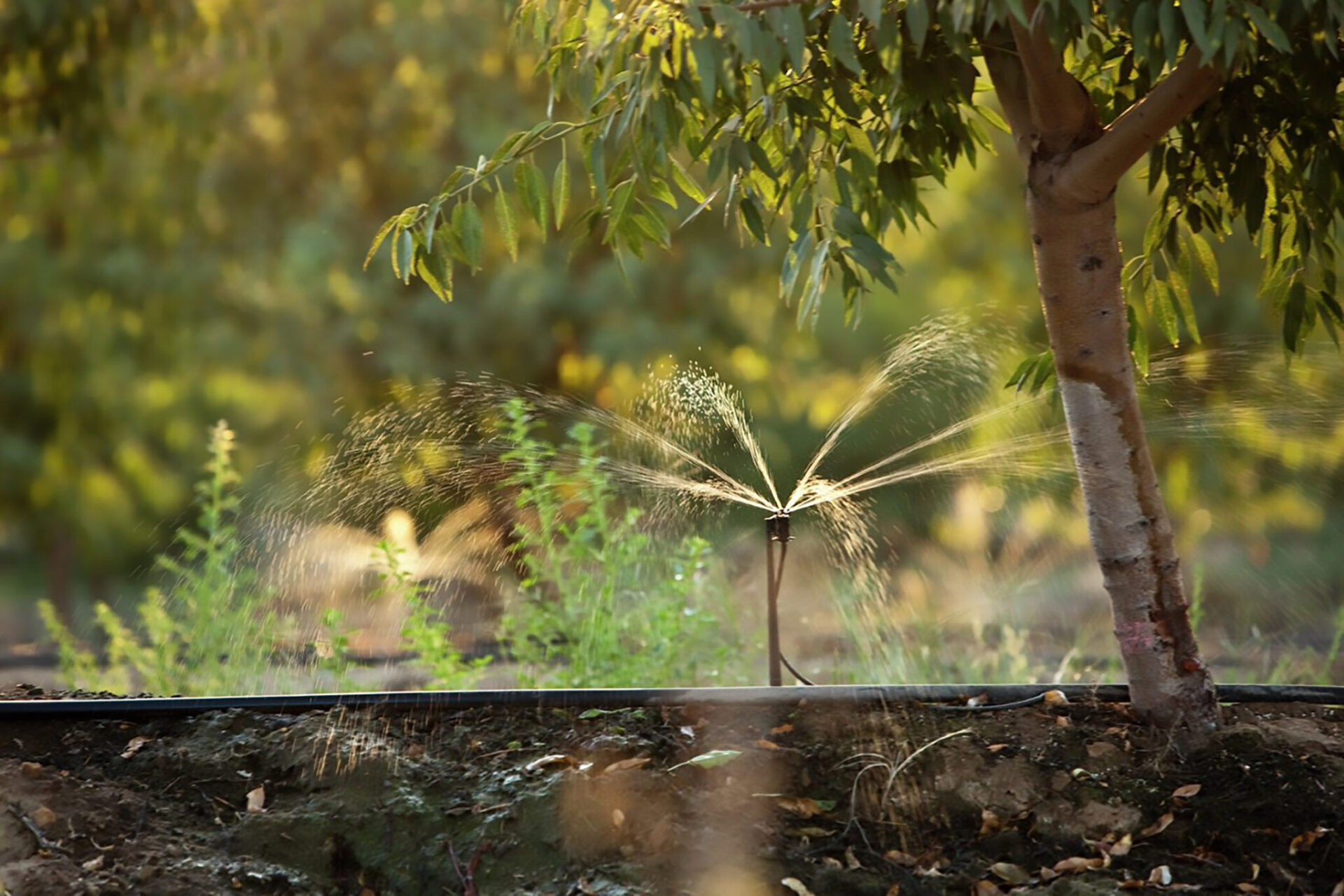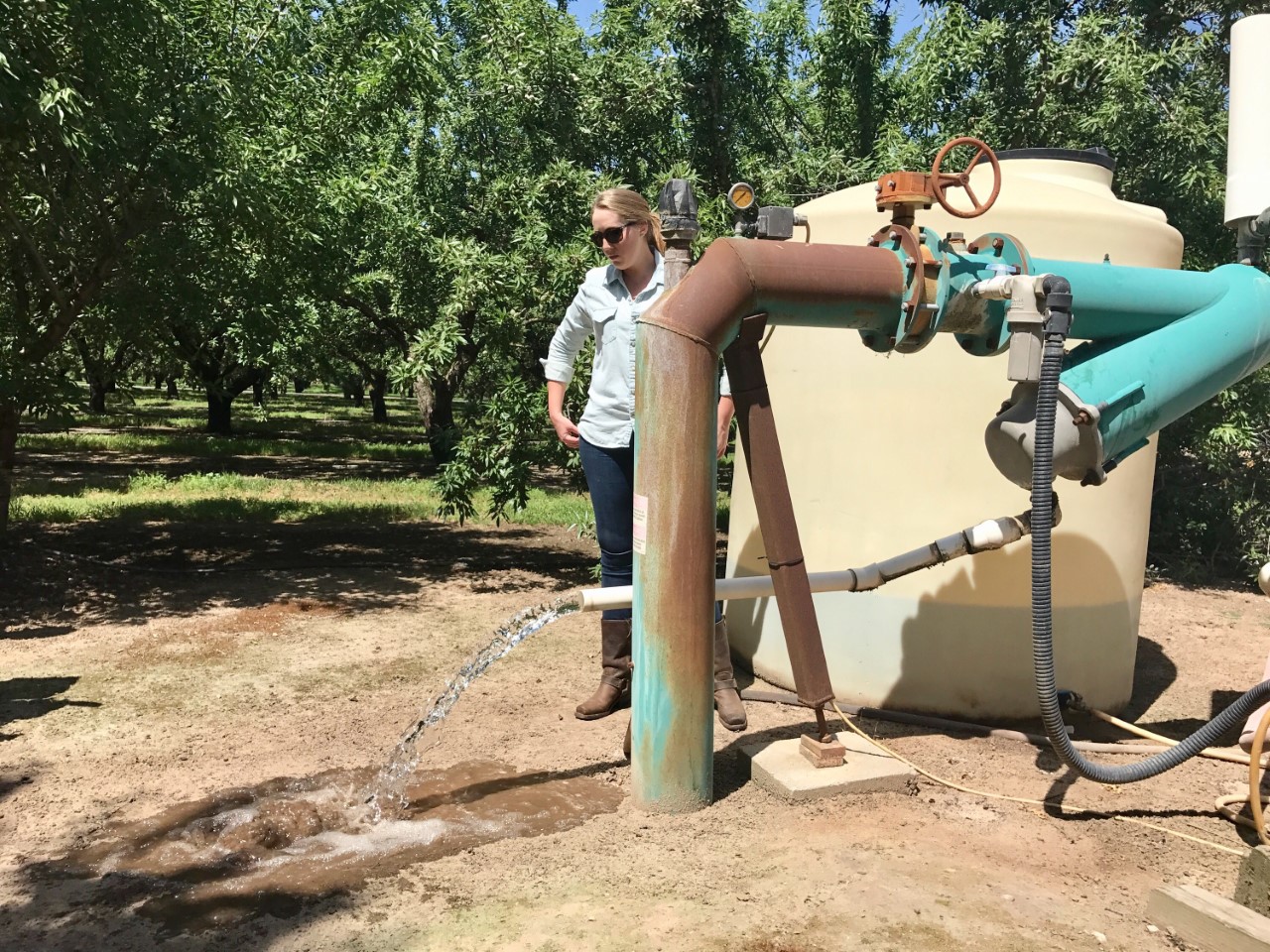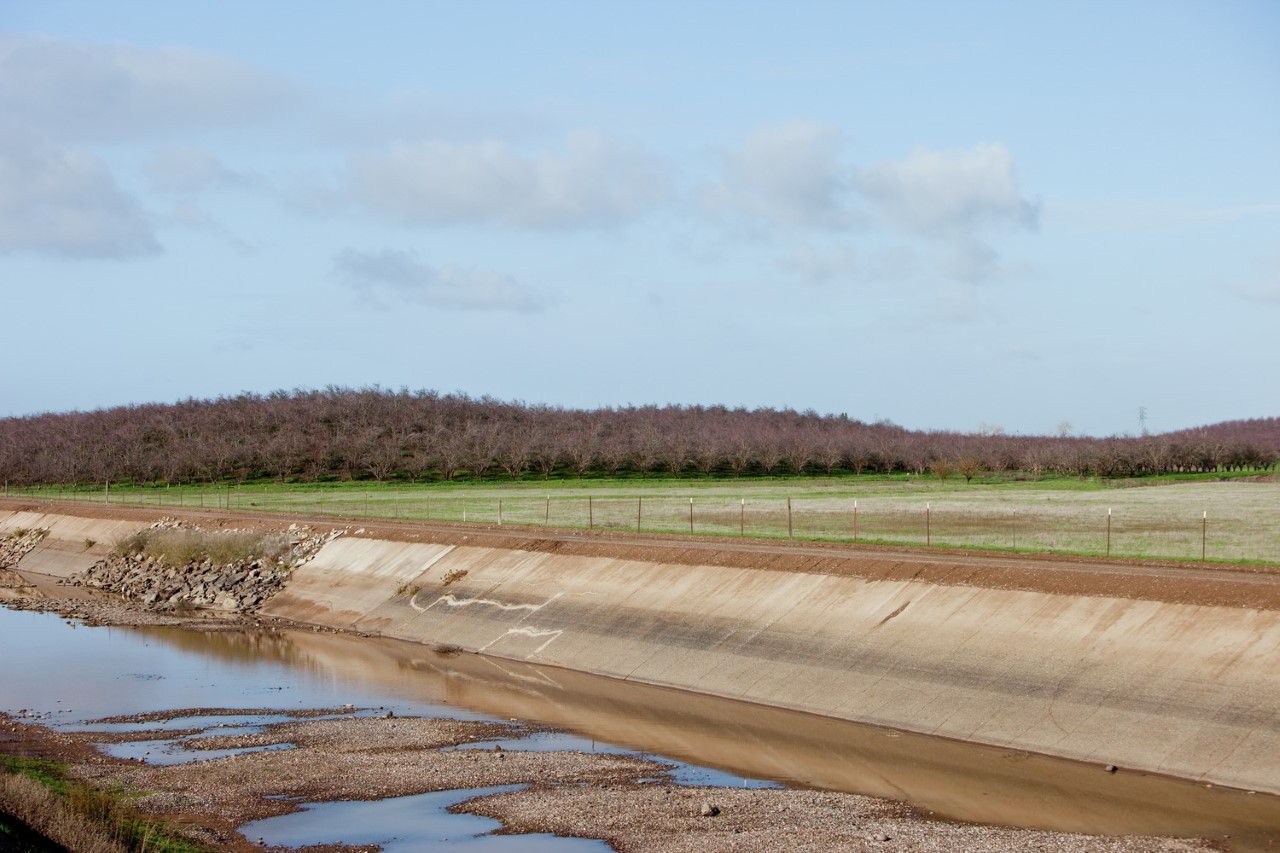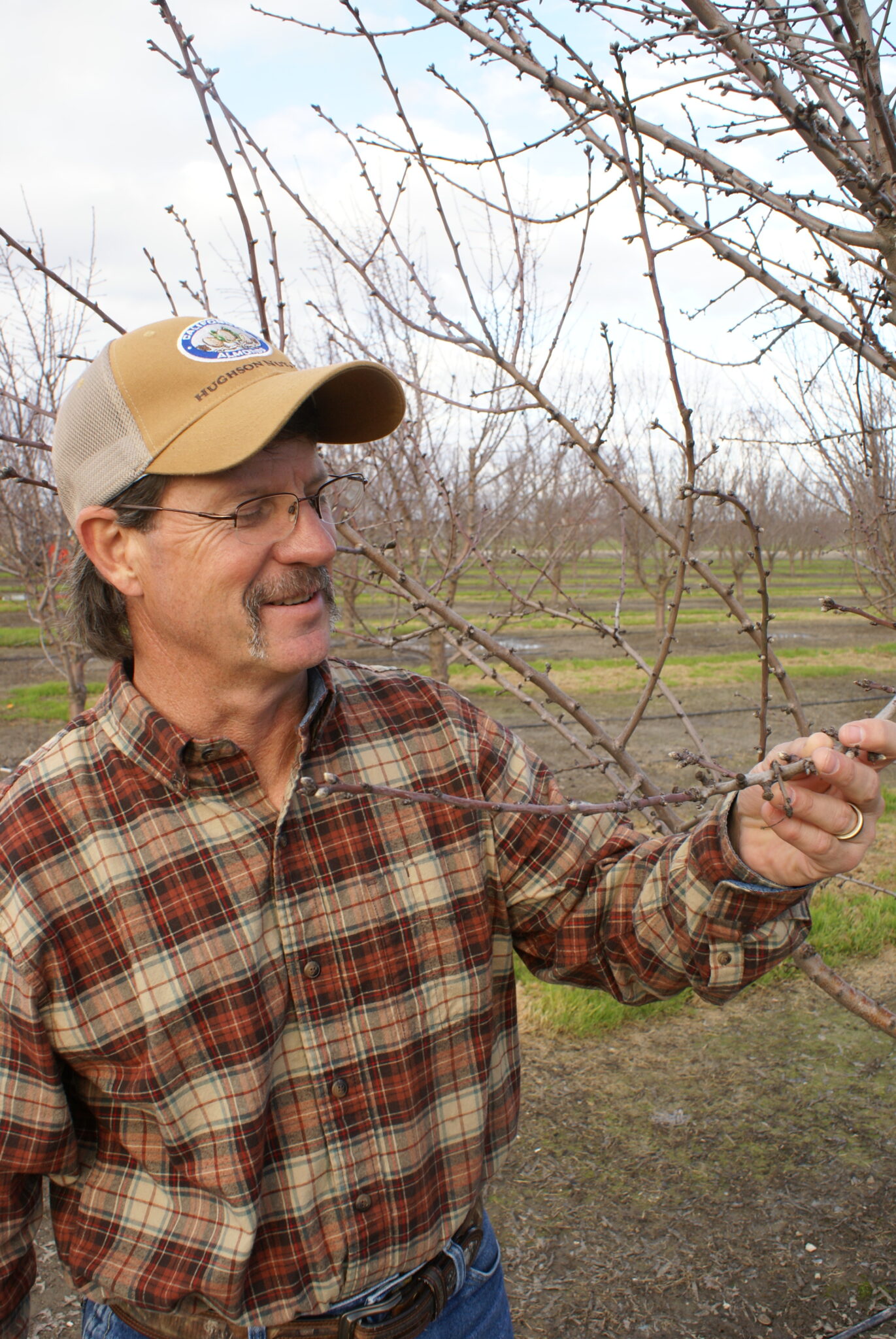
Many of California’s almond growers faced some tough decisions this year when it came to water availability for their orchards. And, it isn’t likely that any two had the exact same decision to make given the wide variability in management, growing regions, soils and water.
“Strategies are radically different depending on where you are located,” said Tom Devol, Almond Board of California’s senior manager of field outreach and education.
Some growers knew what their surface deliveries would be and if they could be stretched across the entire growing season. Some, who depend solely on groundwater, lost all water when wells went dry. Some bought high-priced water to protect their crop and others decided to cut losses and let trees go.
In mid-July, growers who had used their surface water allotment were moving to groundwater to finish the season. Others lost all water availability. And, in some Modesto-Turlock areas, growers maintained water supply until harvest.
Devol said some growers, mostly in the southern growing areas, anticipated severe water shortages and pulled out marginal or older orchards to direct scarce supplies to better blocks.
“Not a huge volume, and trees come out normally every year, but this is more than usual. If they are looking at the impact of drought this year and its effect on next year’s crop and it’s a 20-year-old orchard, they made that decision to pull,” Devol said.
During his travels to different almond growing areas throughout the Central Valley, Devol said he observed orchards on the west side of the valley that defoliated mid-summer due to water stress.

Effects on Kernels, Production
The Almond Doctor, former UCCE Farm Advisor David Doll, in a 2021 drought update, noted that water-stressed trees have less energy for kernel development. This can lead to reduced kernel size and weight and increase the percent of shriveled nuts in the current crop. Next year, due to current moderate to severe deficits, yields will be affected. This loss is due to reduced spur positions from the lack of growth and reduced carbohydrate reserves going into floral bud development. Less fruit will be set. Nut weight and size will only be affected when trees are water stressed again.
Doll said if normal irrigation scheduling takes place next growing season, it would still take two years of full irrigation to return to the orchard’s production potential. If drought conditions and water curtailments continue, yields will be reduced until the second season after full irrigation requirements have been met.
Devol said this scenario would present a challenge to almond growers across the state as there is no clear answer or best practice advice as circumstances vary so greatly.
Growers who know ahead of time that they will not have enough water to finish the growing season should, if they are able, parcel out the water, not shock the trees by abruptly ending irrigation.
“There are some growers who could not avoid that,” Devol noted.
UC Drought Management recommends applying water as a proportion of availability, in order to stretch irrigation resources.

Managing Limited Supply
Doll said that the best strategy when managing limited water supplies is to apply the available water as a proportion of water use. This means that whatever percentage of water is available, the orchard should be irrigated at that percentage of the crop’s ET for the entire season.
The effect of water deficits postharvest will depend on deficits pre-harvest and the quantity of water use over the remainder of the season. Bud differentiation can continue through mid-September. UC Drought Management reports that moderate stress during the postharvest season will have little effect on next year’s yields, but severe stress can reduce fruit set.
Type of irrigation system used can influence tree response to postharvest stress. UC Drought Management guidelines note that low-volume systems with limited soil water reserves can result in severe water deficits soon after irrigation is cut off. Postharvest irrigation is necessary in southern San Joaquin Valley growing areas, especially with drought-sensitive varieties.
Deep-rooted trees that are flood irrigated may have enough deep moisture to carry them through bud differentiation.
Almond grower Christine Gemperle, who has orchards in two different irrigation districts, said previous short water years helped her learn just how far to cut back on water while keeping trees healthy.
Understanding there was not going to be enough water for one 92-acre block, she said the decision was made to only run water in the checks with good production and let the rest go dry. That way, she said, kernel quality would be assured.
A block in the Turlock Irrigation District (TID) where cover crops are planted has saved on water use, she said. Recycled city water delivered by the Del Puerto Irrigation District has provided a ‘cushion’ this year.
Almond grower Donny Hicks, who is also a field representative for Hughson Nut, said although TID water has been sufficient this year, he is managing his water to provide a flood irrigation postharvest.
Growers who are not getting the tonnage and paying higher prices for water are the ones who are pulling out trees, he said.
Chowchilla-area almond grower Steve Massaro said the limited supply of surface water ran out early and he is finishing the irrigation season with groundwater. His automated orchard irrigation system is set up for shorter, more frequent sets, but the trees were still shorted.
















